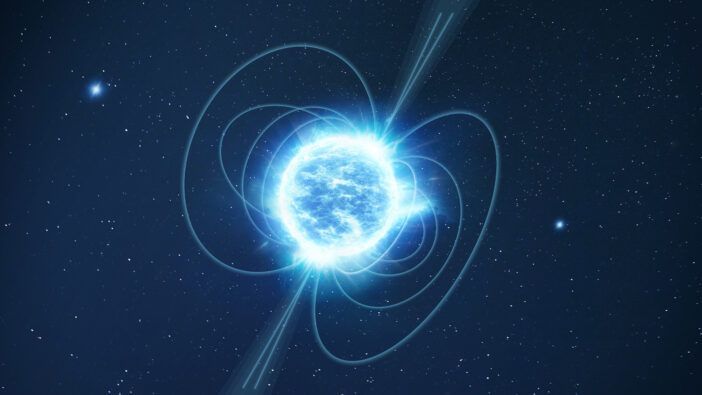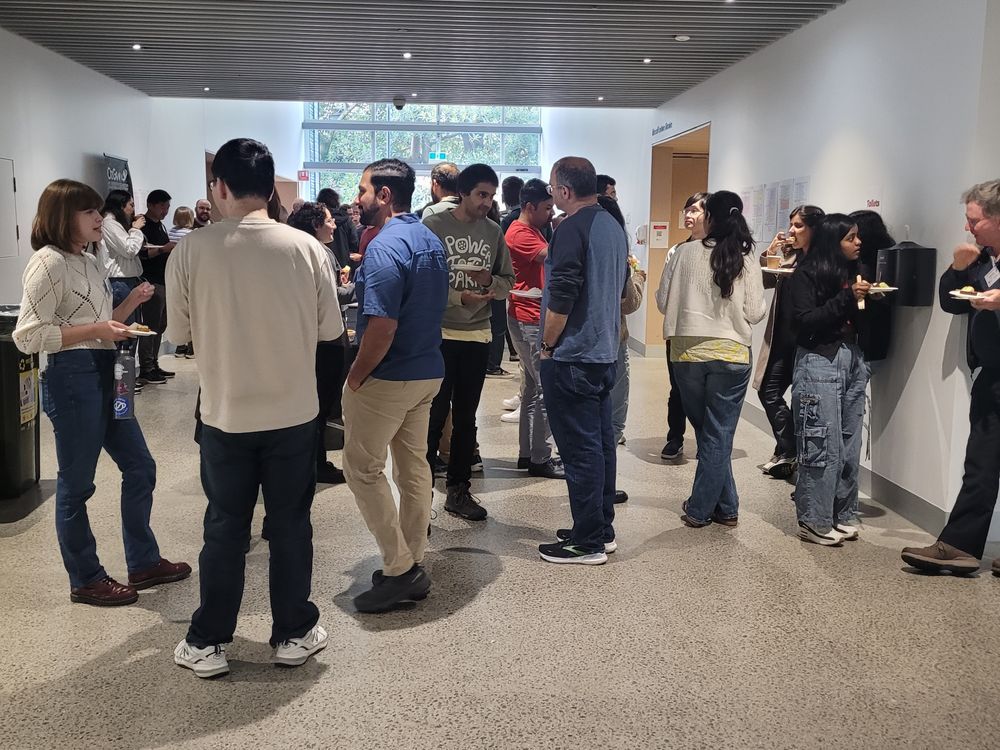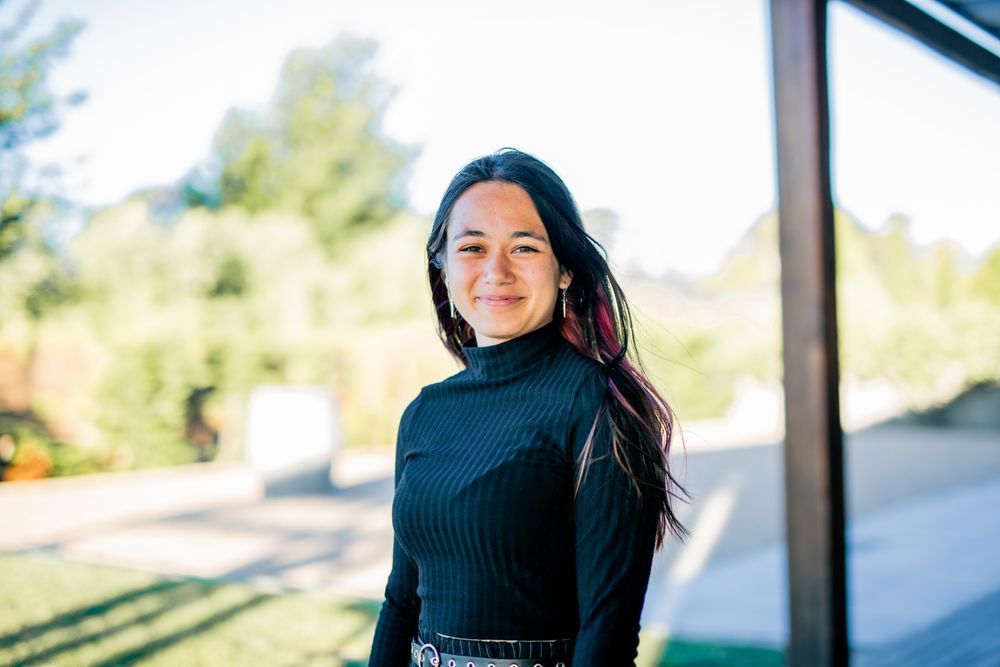Posts
Media
Videos
Starter Packs
OzGrav
@ozgrav.bsky.social
· 21d

10 Years of Gravitational Wave Science: The Australian Story
Ten years ago, in 2015, we heard the universe for the very first time.
Gravitational waves, once a prediction of Einstein’s theory, had finally been detected in an event labelled GW150914. It was a…
youtu.be
OzGrav
@ozgrav.bsky.social
· 24d

10 Years of Gravitational Wave Science: The Australian Story
Ten years ago, in 2015, we heard the universe for the very first time.
Gravitational waves, once a prediction of Einstein’s theory, had finally been detected in an event labelled GW150914. It was a…
youtu.be
OzGrav
@ozgrav.bsky.social
· 28d
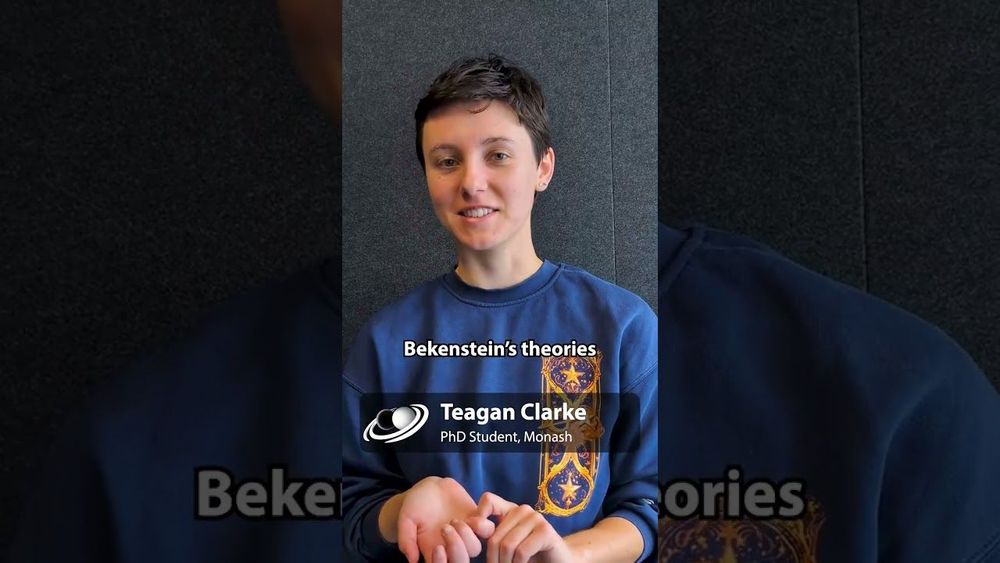
We heard the universe ring... loudly. OzGrav researchers explain!
Ten years ago, we heard the universe for the first time. Now, we’ve heard it again... only louder.
The gravitational wave event GW250114, observed by the LIGO, Virgo and KAGRA collaborations, is…
youtube.com
OzGrav
@ozgrav.bsky.social
· Sep 2
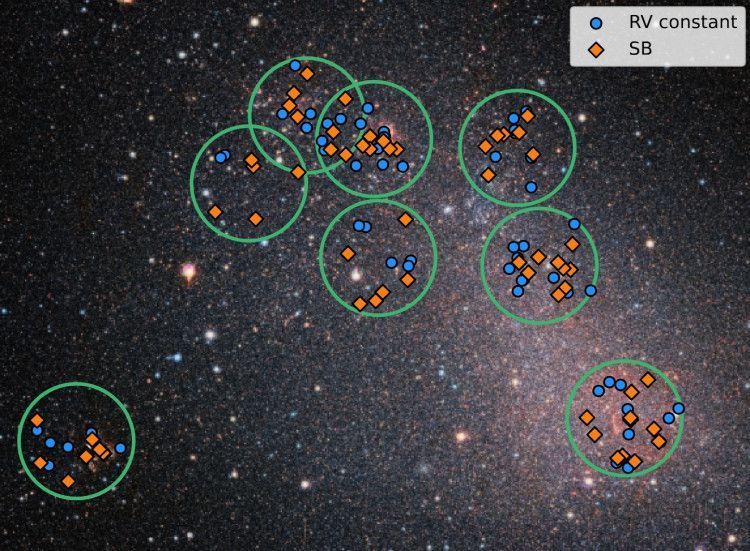
Binary stars everywhere: Monash University scientists help rewrite cosmic origin story - OzGrav
Binary stars everywhere: Monash University scientists help rewrite cosmic origin story A new international study, published in Nature Astronomy, reveals that massive stars are about as likely to form…
www.ozgrav.org
OzGrav
@ozgrav.bsky.social
· Sep 1

Milestone Moyal Medal awarded to astrophysicist Tamara Davis
Professor Davis, an astrophysicist at UQ’s School of Mathematics, will receive the medal and deliver the 2025 Moyal Lecture on Thursday 9 October. Her lecture, titled ‘New light on dark energy: the…
lighthouse.mq.edu.au
OzGrav
@ozgrav.bsky.social
· Aug 27
OzGrav
@ozgrav.bsky.social
· Aug 27
OzGrav
@ozgrav.bsky.social
· Aug 27
OzGrav
@ozgrav.bsky.social
· Aug 27
OzGrav
@ozgrav.bsky.social
· Aug 22

Gravity Tests with the Double Pulsar Honoured - OzGrav
2025 Frontiers of Science Award for the international Double Pulsar research team The research paper “Strong-Field Gravity Tests with the Double Pulsar” led by OzGrav Partner Investigator Michael…
www.ozgrav.org
OzGrav
@ozgrav.bsky.social
· Jul 16
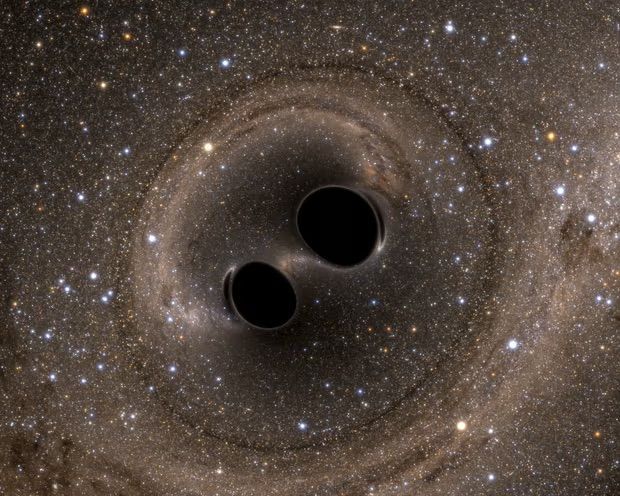
LIGO Detects Most Massive Black Hole Merger to Date - OzGrav
Gravitational waves from record‑breaking black holes challenge current astrophysical models The LIGO-Virgo-KAGRA (LVK) Collaboration has observed the heaviest black‑hole merger ever detected,…
www.ozgrav.org
OzGrav
@ozgrav.bsky.social
· Jun 30
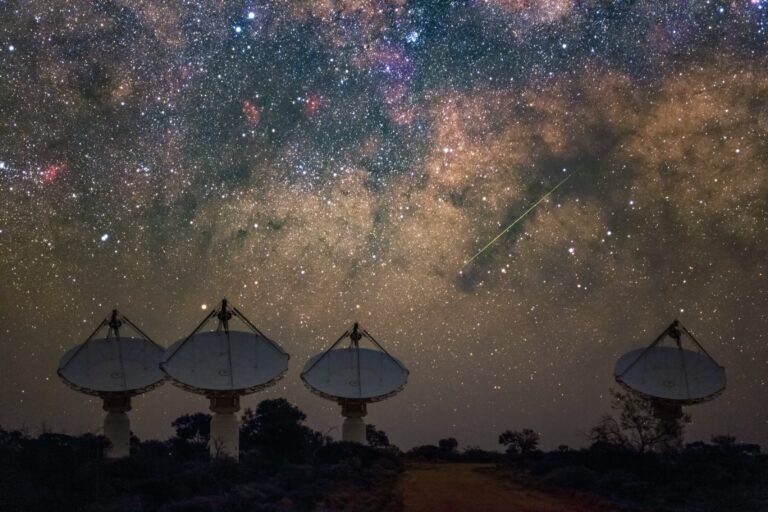
Astronomers spot nanosecond ‘spark’ from a defunct NASA satellite while looking for Fast Radio Bursts - OzGrav
Astronomers have detected an ultra-bright burst of radio waves from Relay 2, a NASA communications satellite launched in 1964 and silent since 1967. OzGrav Chief Investigator Adam Deller, Professor…
www.ozgrav.org
OzGrav
@ozgrav.bsky.social
· Jun 6

UQ professors named Australian Academy of Science Fellows
Four UQ scientists - including SMP's Professor Tamara Davis - have been named among the nation’s best, receiving Australian Academy of Science Fellowships for remarkable research in their fields.
smp.uq.edu.au
